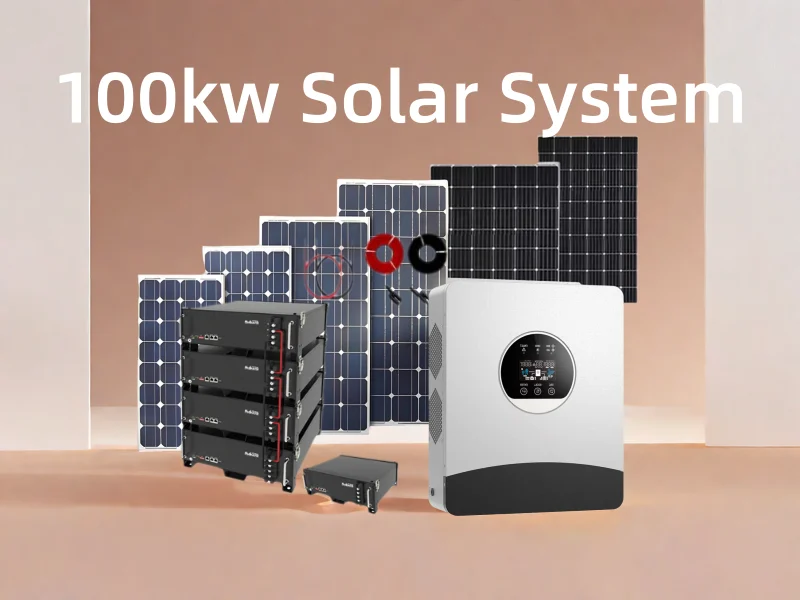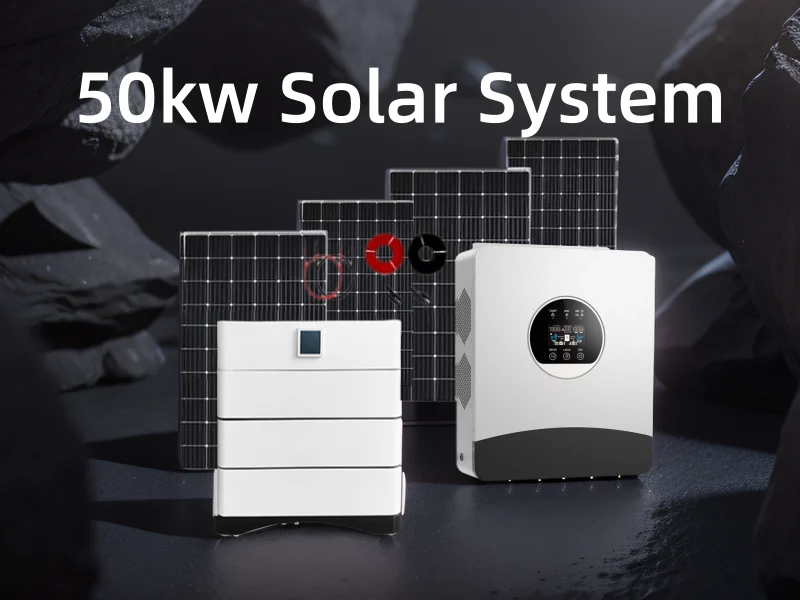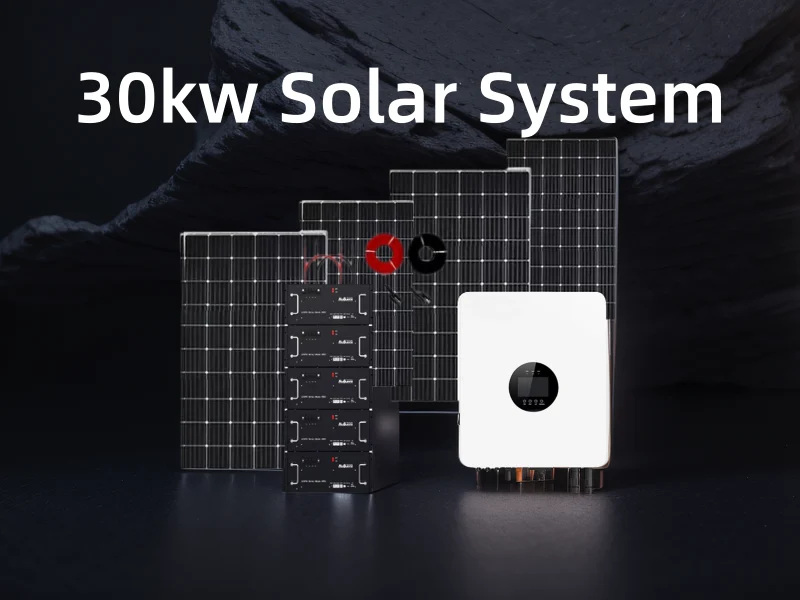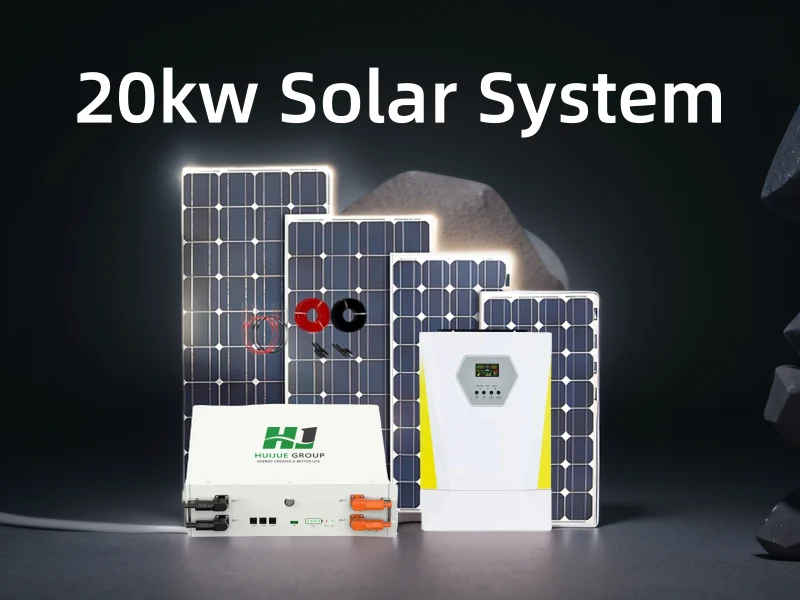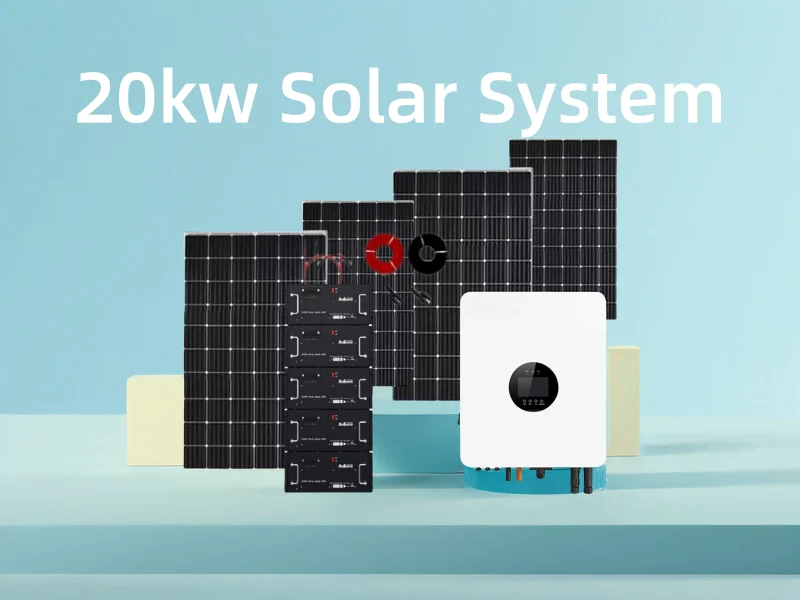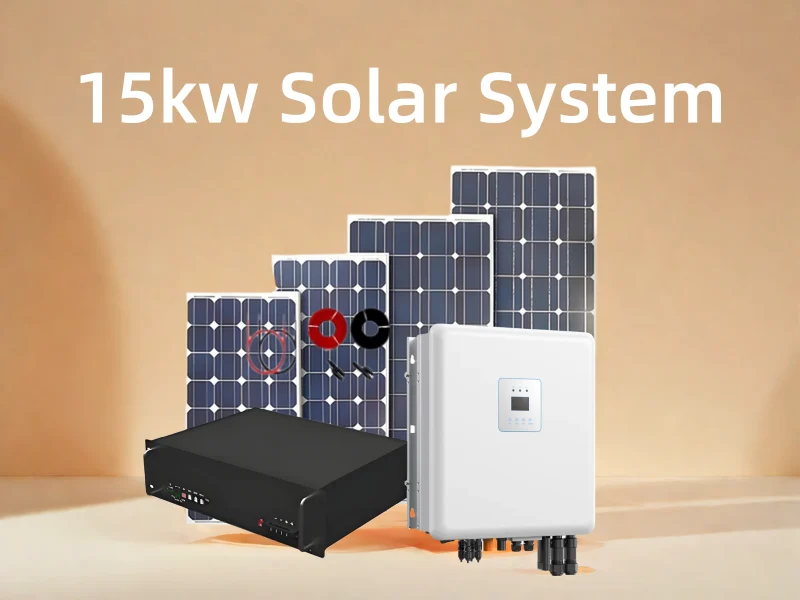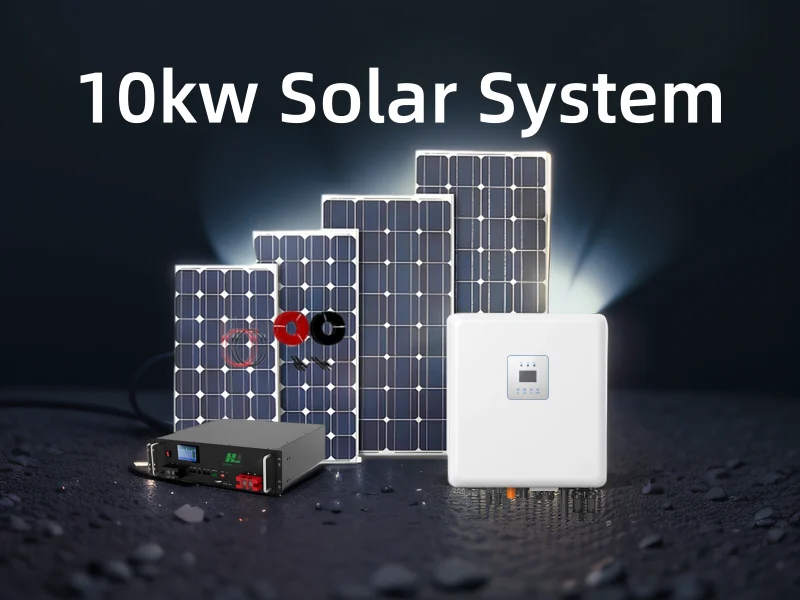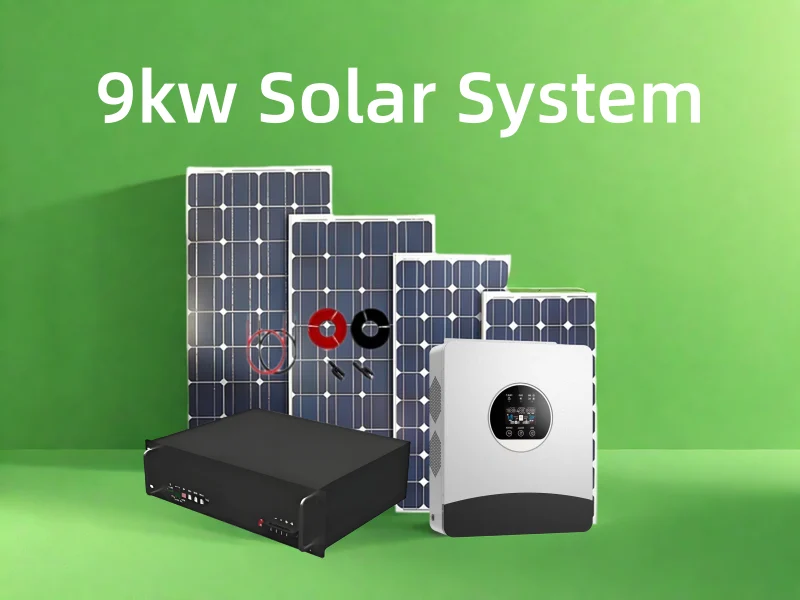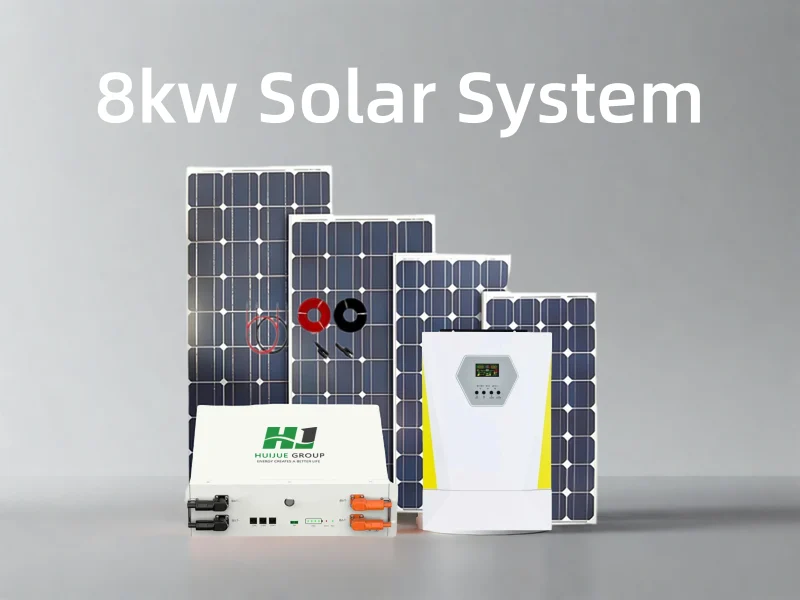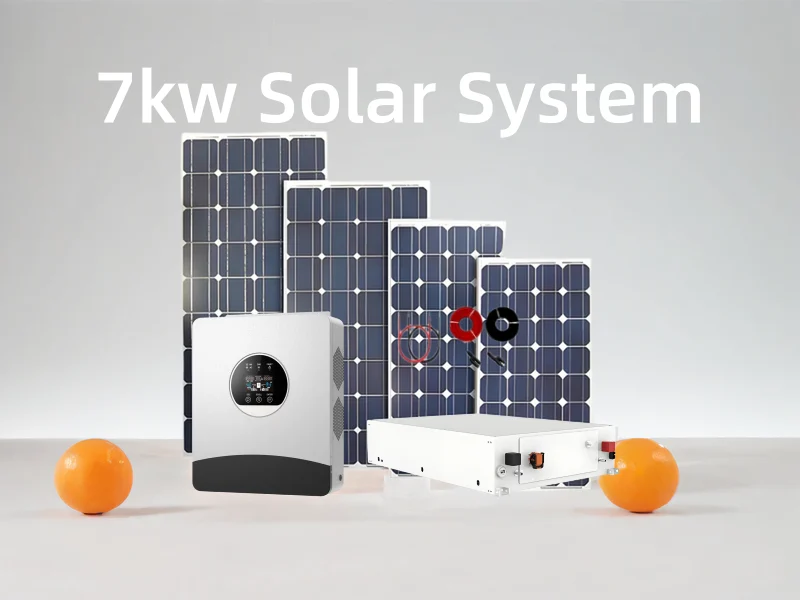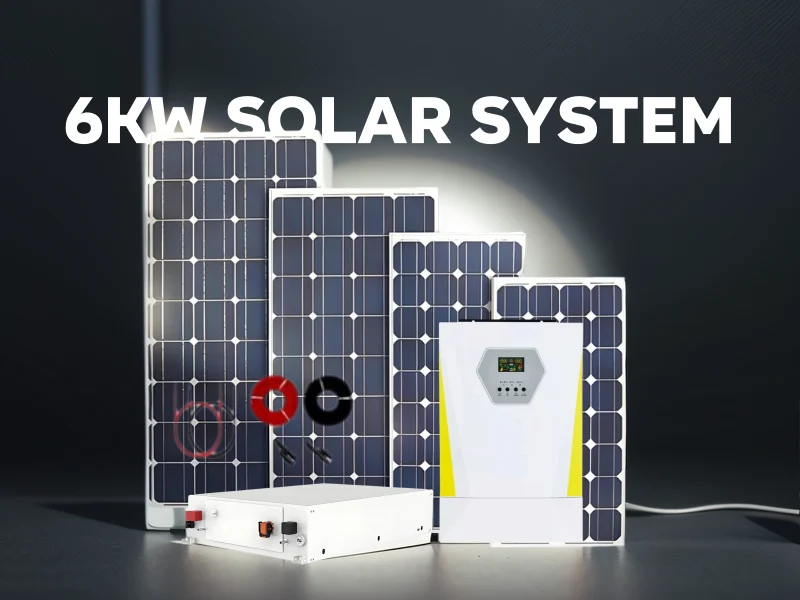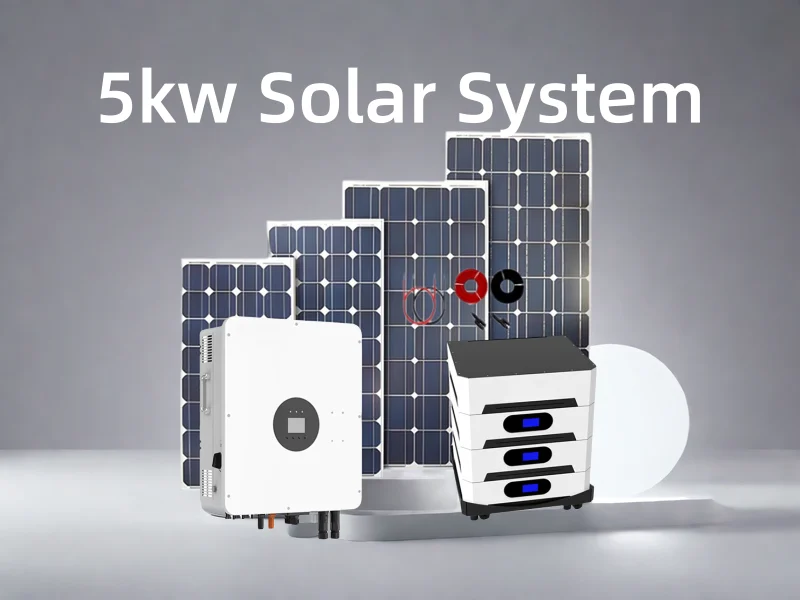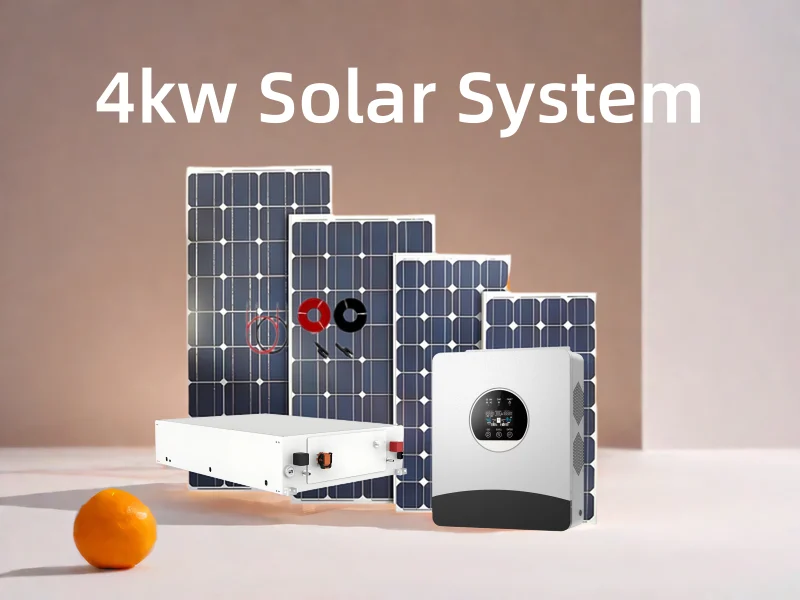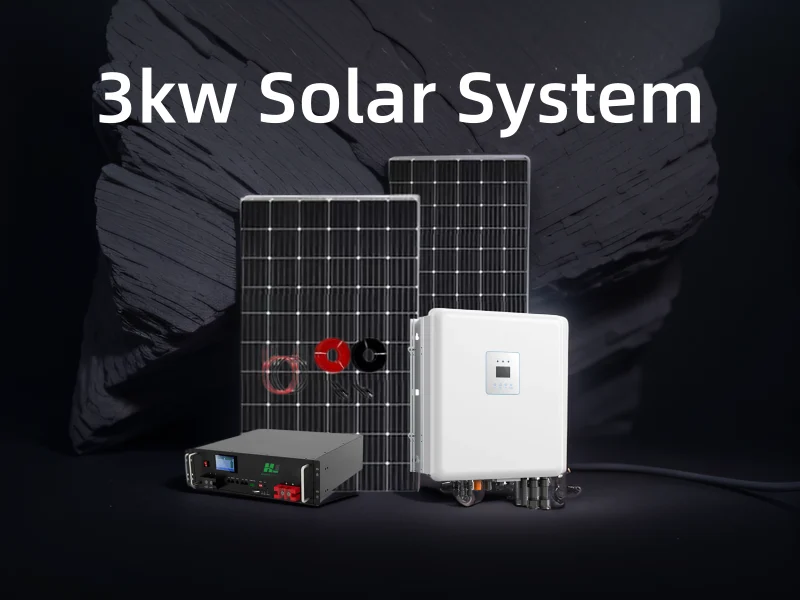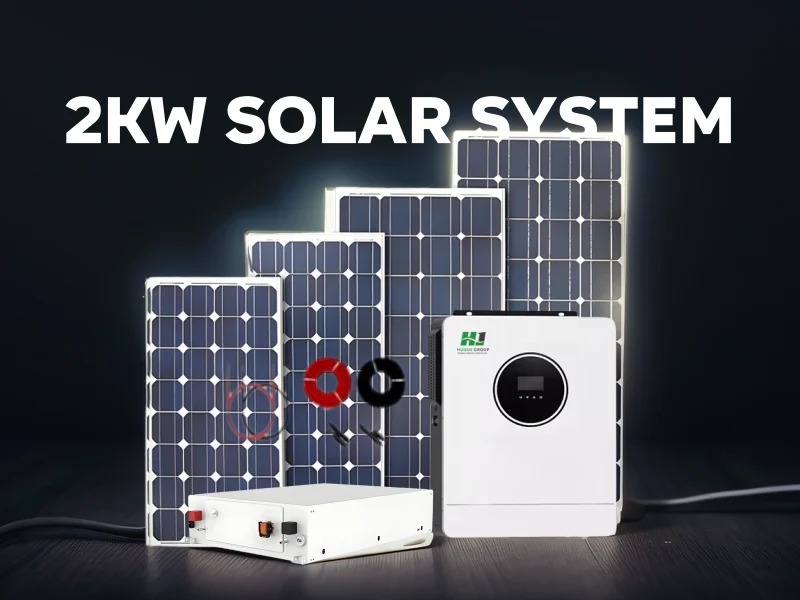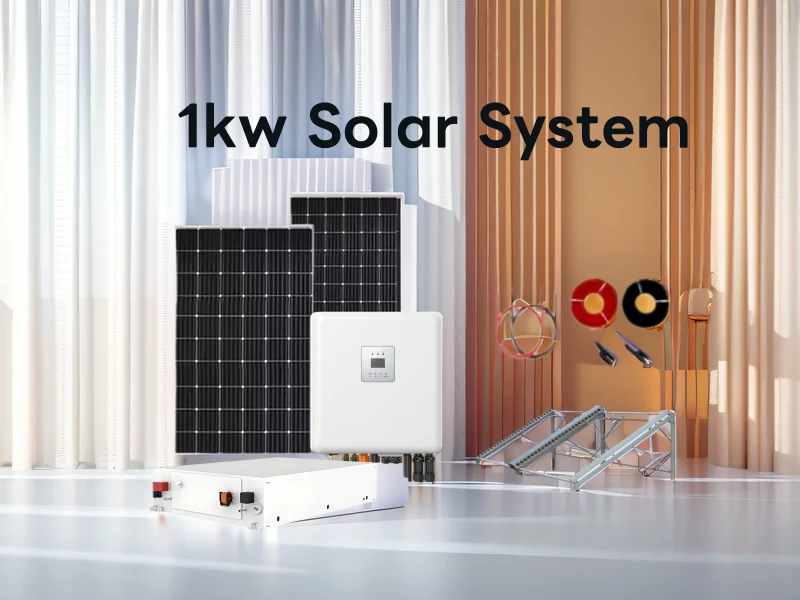What is the cost of a 10 kW solar system for a water pumping station in Pakistan?
To remove the hassle of power outage and high electricity charges, more and more pumping stations in Pakistan are now turning towards solar power for water pumping. It is an effective as well as economical option. A 10kW solar system suits medium-scale pumping needs, whether agricultural or municipal water usage. This report is the cost, installation procedure and actual examples of the installation of a 10kW solar pumping system in Pakistan until 2024.
Current Cost Breakdown for 10kW Solar Pumping Systems
By 2024, a 10kW solar pumping system in Pakistan may well cost anything between 1.5 and 2.2 million Pakistani rupees (around US$5400 to US$7900), depending on the equipment configuration, quality, and installation complexity. Let's understand how it works now:
| Component | Cost Range (PKR) | Notes |
|---|---|---|
| Solar Panels (10kW) | 800,000 - 1,000,000 | Tier-1 panels cost more but offer better reliability |
| Solar Pump Inverter | 250,000 - 350,000 | Special inverters designed for pumping applications |
| Submersible Pump | 150,000 - 300,000 | Depends on required head and flow rate |
| Mounting Structure | 100,000 - 150,000 | Weather-resistant galvanized steel recommended |
| Wiring and Accessories | 80,000 - 120,000 | Includes DC cables, connectors, junction boxes |
| Installation Cost | 120,000 - 280,000 | Varies by site complexity and location |
| Optional Battery Storage | 500,000 - 800,000 | If needed for 24/7 operation |
Practical Examples from Pakistan
Example 1: Agricultural Pumping in Sindh Province
Location: Mirpur Khas, Sindh
Installation: March 2024
System Size: 10.8kW
Total Cost: PKR 1.78 million
Details: The system drives a 7.5 hp submersible pump for irrigating 25 acres of cotton and wheat fields. The farmer informed that he recovered his investment within 2.5 years by saving on diesel.
Example 2: Municipal Water Supply in Punjab
Location: Rural town near Sheikhupura
Installation: January 2024
System Size: 10kW
Total Cost: PKR 1.95 million
Details: The system supplies drinking water to about 200 homes, drawing water from a 180-foot deep well. The local government estimates that electricity bills have been fully eliminated and shutdowns due to power losses have been minimized.
Example 3: Industrial Water Supply
Location: Faisalabad industrial area
Installation date: August 2023
System size: 10.2kW with 10kWh backup battery
Total cost: PKR 2.35 million
Details: This system for a textile processing plant has provided an uninterrupted supply of water which reduced pump expenses by 70%.
Step-by-Step Implementation Guide
1. Site Assessment and Load Analysis
- ·Measure well's static and dynamic water level.
- ·Determine the flow and total head necessary.
- ·Determine daily water requirement.
- Measure the local insolation intensity.
2. System Design
- Select suitable pumps based on head and flow requirements.
- Calculate required solar panel capacity (10kW typically required for 5-7.5 hp pump).
- Design solar panel support structure based on local conditions.
- Consider seasonal variations in sun direction and insolation intensity.
3. Component Selection
- Select high-efficiency solar panels (min. 450W each).
- Select solar pump inverters supporting MPPT technology.
- Ensure pumps are sized for pumping water.
- If required, add a small backup battery bank for cloudy conditions.
4. Permitting and Approvals
- Obtain local permits as needed.
- Check if provincial agricultural subsidy programs are available.
- Meet local water withdrawal regulations.
5. Procurement and Installation
- Buy parts from approved suppliers and guarantee them.
- Use qualified solar installers.
- Properly ground system and add lightning protection.
- Install monitoring system to track performance.
6. Testing and Commissioning
- Test pump operation across a range of insolation conditions.
- Verify that flow rates meet design specifications.
- Tune performance by optimizing controller parameters.
- Train maintenance and troubleshooting staff in fundamental maintenance.
7. Maintenance Planning
- Clean panels routinely (every two weeks in dusty conditions).
- System checks every year.
- Record performance data.
- Budget to replace inverters every 7-10 years.
Industry Context in Pakistan
Market Trends
The solar water pumping market in Pakistan has grown by approximately 35% annually since 2021. This growth is driven by:
- Persistent electricity shortages in rural areas
- Rising electricity tariffs (increased by 45% between 2022-2024)
- Government subsidies for agricultural solar installations
- Declining solar component costs (15-20% reduction in the last two years)
Government Initiatives
The Provincial and Federal governments have implemented several programs supporting solar pumping:
- Punjab Agri Solar Program: Offers 50% subsidy on solar pumping systems up to 10kW for smallholder farmers
- Sindh Solar Energy Project: Provides financing options with preferential rates for solar pumping
- Federal Alternative Energy Policy 2024: Includes tax exemptions on imported solar equipment for agricultural use
Financing Options
Several financing mechanisms are available:
- Agricultural Development Bank of Pakistan: Offers dedicated solar financing with 5-7 year terms
- Microfinance institutions: Providing loans specifically for smallholder farmers
- Pay-as-you-save models: Emerging business models where installers recover costs through water service fees
Challenges and Considerations
- Water Table Depletion: Solar pumps can lead to over-extraction if not properly managed
- Quality Issues: Market flooded with substandard components requiring careful vendor selection
- Technical Expertise: Shortage of qualified installers in remote areas
- Seasonal Variations: Reduced pumping capacity during monsoon season and winter months
Industry Context in Pakistan
Market Trends
Pakistan's solar pump market has grown at a 35% annual growth rate from 2021 onwards. The main reasons for this growth are the following:
1.Electricity shortages in rural areas
2.Electricity tariffs have increased (by 45% in 2022-2024)
3.Government subsidies for agricultural solar installations
4.Decreasing costs of solar components (15-20% reduction in last two years)
Government Initiatives
To encourage the growth of solar pumps, the government has implemented numerous policies:
- The Punjab Agri Solar Program:It provides a 50% subsidy on solar pumping systems up to 10 kW for smallholding farmers.
- Sindh Solar Energy Project:It is providing finance, at concessional rates, for solar pumping.
- The Federal Alternative Energy Policy Free-2024:It provides tax exemptions on imported solar equipment for agricultural purposes.
Financing Options
As a safeguard in case of financing, a couple of choices also exist:
- Agricultural Development Bank of Pakistan:This bank offers dedicated solar with a financing term of 5-7 years.
- Microfinance institutions:They provide loans targeted at smallholder farmers.
- Pay-as-you-save options:These emerging business models are ones where costs are recovered by service installers through water service fees.
Challenges and Considerations
- Water Table Depletion:Over-extraction of solar pumps can lead to water table depletion if not managed well.
- Quality Issues:The industry is flooded with poor-quality components, so careful selection of vendors is paramount.
- Technical Expertise:Lack of qualified installers in far-flung areas.
- Seasonal Variations:Pumping abilities will be significantly hampered during monsoon and winter seasons.
Return on Investment Analysis
Assuming a standard 10kW solar water pump system, the cost is about PKR 1.8 million, and its return on investment is as shown below:
- Agriculture Use Case:
- Average annual savings on electricity/diesel: PKR 600,000-800,000
- Payback period: 2.5-3 years
- System lifetime: 20+ years (panels), 7-10 years (inverter, pump)
- ROI over 20 years: 500-700%
- Municipal Use Case:
- Average annual savings: PKR 500,000-700,000
- Payback period: 3-4 years
- Additional value from service reliability: Not easily quantifiable
Conclusion
The best 10kW solar pumping system is a clean and dependable solution for Pakistan's water pumping requirements. Its present costing and government incentives make it very economically favorable, especially in the agricultural sector. The technology is mature and reliable; however, good system design, quality parts, and maintenance can make or break successful operation. Another factor speaking in favor of solar pumps in the days to come will be the decreasing costs of solar technology and increasing costs of electricity.

